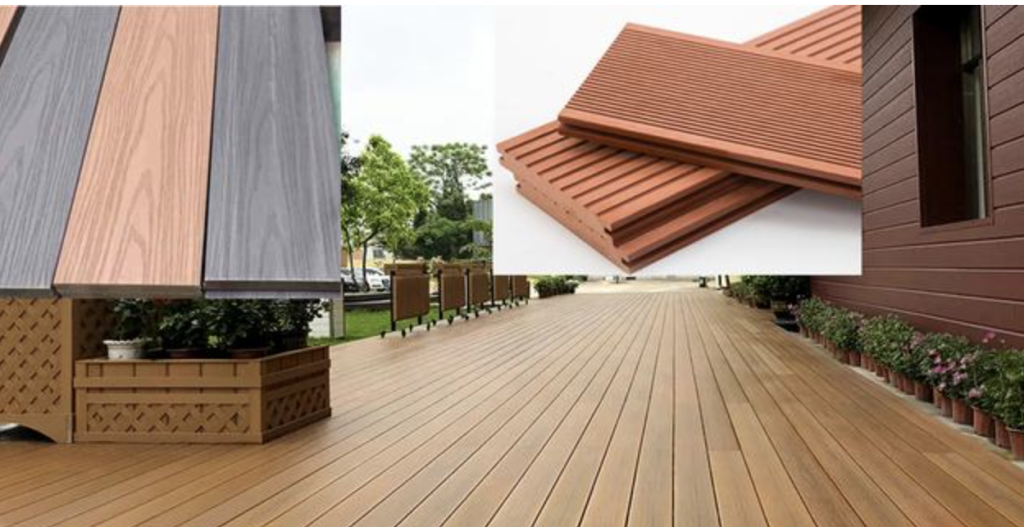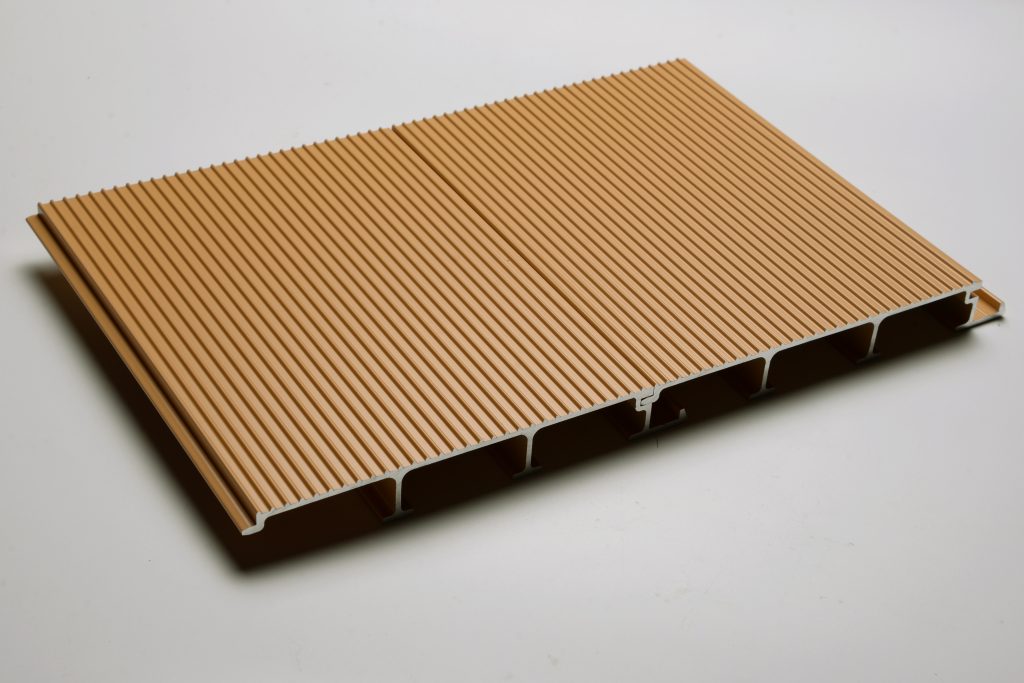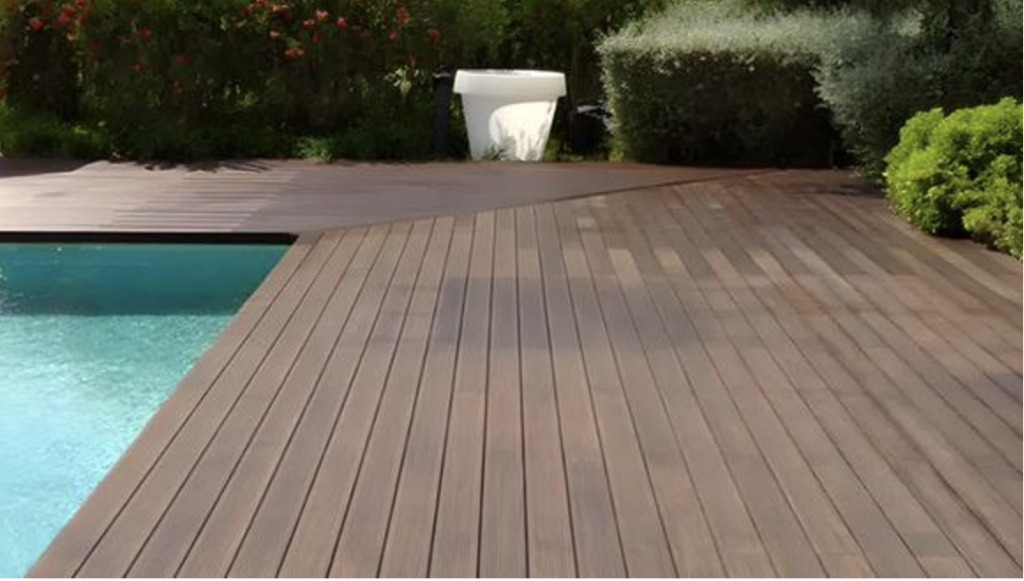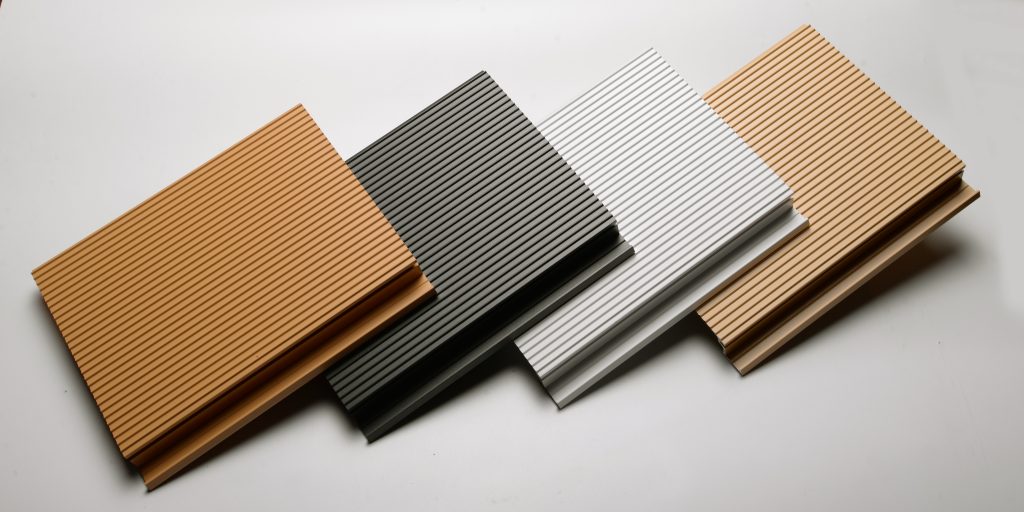Best Materials for New Decking in 2025: Aluminum, Wood & Composite Compared

Choosing the best material for a new deck is important. Aluminum decking is a top choice for most homeowners. It costs more at first, but it lasts much longer than wood or plastic. Aluminum will not crack or rot. It stands up to rain, sun, and snow with little effort from you.
Aluminum decking needs almost no maintenance. You do not have to sand, stain, or seal it. If you want a deck that stays strong and looks good for years, aluminum is a smart pick.
Wood and composite decking are also popular. Pressure-treated wood has a classic look and a lower price. Composite decking mixes plastic and wood, offering a balance between price and upkeep. Each material has its own strengths and weaknesses. We will explain these options next so you can choose what fits your needs best.
Why Deck Material Choice Matters?
Choosing deck materials is important. Your choice changes how your deck looks, how much you need to maintain it, and what you spend. Common options include composite, plastic, wood, and aluminum.
Each material has strengths and weaknesses. Some last longer. Others need more care. The right pick saves you time and money.
You also need to decide on color, deck location, and height. These details affect how your deck fits with your house and yard. A good choice now means less work and more time to enjoy your space later.
What is Composite Decking?

Composite decking combines wood fibers and plastic. Manufacturers blend these materials using a process called extrusion. This material looks like wood but lasts longer.
Composite decking needs little care. You do not need to sand or refinish it. Most owners clean it twice a year with water and soap.
Composite decking costs between $35 and $55 per square foot. The price depends on your location. If you want a deck that is easy to keep clean, composite is a strong choice.
Advantages of Composite Decking
Low Maintenance: Composite decking does not need paint, stain, or wax. You only clean it to keep it looking good.
Durability: Composite decking resists sun, rain, and snow. The boards do not crack, warp, or rot.
Eco-Friendly: Manufacturers use recycled plastic and wood scraps to make composite decking. This process cuts down on waste and saves resources.
You get a deck that lasts, needs little work, and helps the environment.
What is Aluminum Decking?
Aluminum decking uses alloys made from aluminum and metals like magnesium, manganese, or titanium. Common types include 6063 and 6005. Manufacturers shape these alloys with extrusion. This process makes the boards light, strong, and resistant to rust.
Aluminum decking is new for many homeowners. It handles heavy weight and resists dents. Some brands offer a service life of 15 years or more. These decks can hold up to 2,000 pounds per square foot.
You spend almost nothing on upkeep. Aluminum decking costs more than wood or composite, usually $30 to $60 per square foot. If you want a deck that is strong, light, and easy to maintain, aluminum is a smart choice.
Advantages of Aluminum Decking

Corrosion Resistance – Aluminum decking resists scratches and wear. The surface keeps its shine and color. It does not rust or react to acids.
Heat Dissipation – Aluminum absorbs and releases heat quickly. The boards stay cooler in the sun. This protects bare feet from burns, even by a pool.
High Strength – Aluminum decking supports heavy weight. It handles strong winds and harsh weather. Other materials cannot match its strength.
Here is a table about aluminum deck strength:
| Aluminum deck/alloy | Tensile strength (MPa) | Hardness (HB/HV) | Yield strength(MPa) |
|---|---|---|---|
| 6061-T6 | 241-310 | 70-95 (HB) | 124-230 |
| 6063-T5 | 170-276 | 60-70 (HB) | 110-210 |
| 7075-T6 | 503-572 | 130-150 (HB) | 455-552 |
Tensile Strength: indicates the maximum tensile stress a material can withstand before breaking.
Hardness: usually expressed using Brinell (HB) or Vickers (HV), it reflects the ability of a material to resist localized indentation deformation.
Yield strength: indicates the minimum stress at which significant plastic deformation of the material begins to occur.
What is Wood Decking?

Wood decking uses timber from hardwood or softwood trees. Common types include beech, pine, and cypress. The choice depends on your needs and budget. Manufacturers treat the wood to improve durability and protect against insects.
Wood decking gives outdoor spaces a natural look. Many people like how it matches log homes and gardens. Wood decking is often the cheapest option. Prices range from $10 to $20 per square foot.
Wood decking needs regular care. You must clean, seal, and sometimes replace boards. If you want less work, aluminum decking is a better choice. Wood offers a classic style but requires more upkeep.
Advantages of Wood Decking
Natural Beauty: Wood decking uses oak or camphor. The boards show real wood grain and color. Wood gives decks a warm and natural look.
Easy Installation: You install wood decking with nails and a hammer. You secure the boards and beams with nails. This process is simpler than installing composite decking, which needs glue and connectors.
Wood decking offers a classic style and a simple building process.
How to Choose the Best Deck Material? Aluminum vs Wood vs Composite
Which Deck Material Should I Choose? First, check your project size, your budget, and where you will use the deck.
Aluminum Decking
Choose aluminum if you have a higher budget and need a deck for outdoor use. Aluminum decking gives strong support and resists corrosion. You spend little on maintenance. Aluminum works well for docks, pontoons, and outdoor platforms. It stands up to salt water and harsh weather.
Wood Decking
Pick wood if you need to save money or have a large deck project. Wood is the cheapest option. It fits well in backyards and matches trees and gardens. You can match the wood type to your landscape. Wood needs more care over time.
Composite Decking
Choose composite if you want less maintenance and a wood-like look. Composite costs more than wood at first, but you save on upkeep. You do not need to paint or refinish it. Composite is good for balconies, pools, and stairs. It resists wear and lasts a long time. Many composite boards look almost like real wood.
Pick the material that matches your budget, your style, and the work you want to do. Each choice gives you a deck, but the right one gives you a deck you will enjoy.
Aluminum Decking Is a Good Choice
Hugh Aluminum makes aluminum decks with strong performance. You can pick from over 100 exterior colors for your project. Aluminum keeps its shine and color after long exposure to acid or seawater.
Aluminum decking works well for docks, marinas, and pontoons. It supports up to four adults per square foot. This strength makes it a reliable option for busy waterfront areas.




